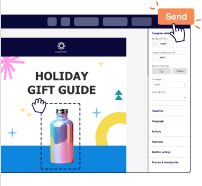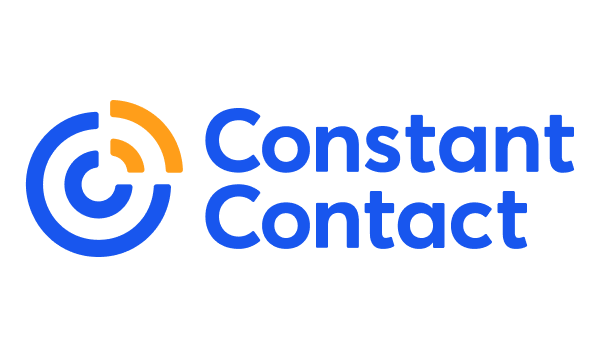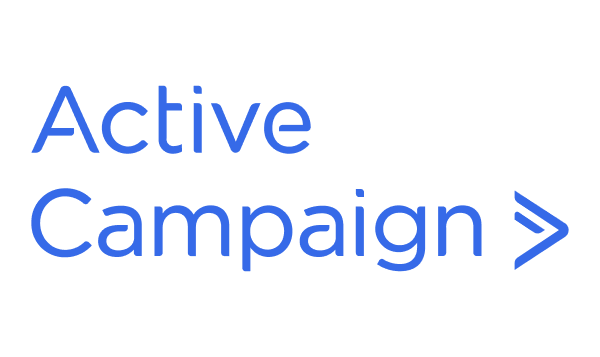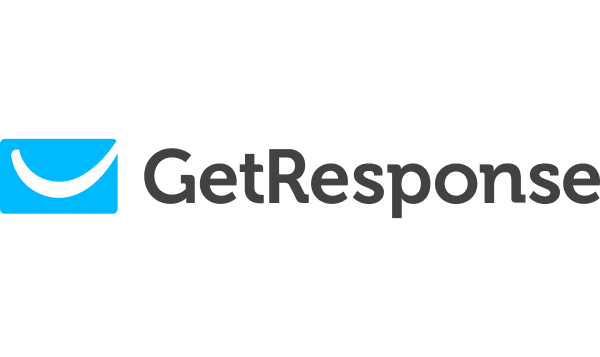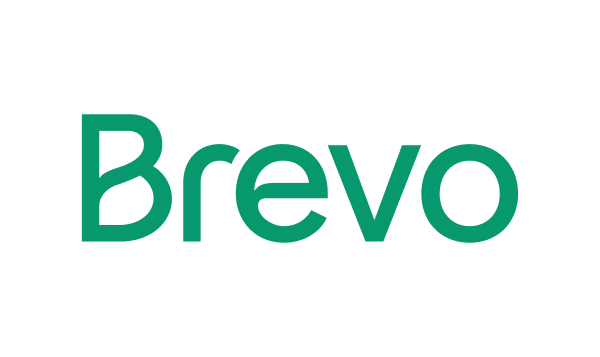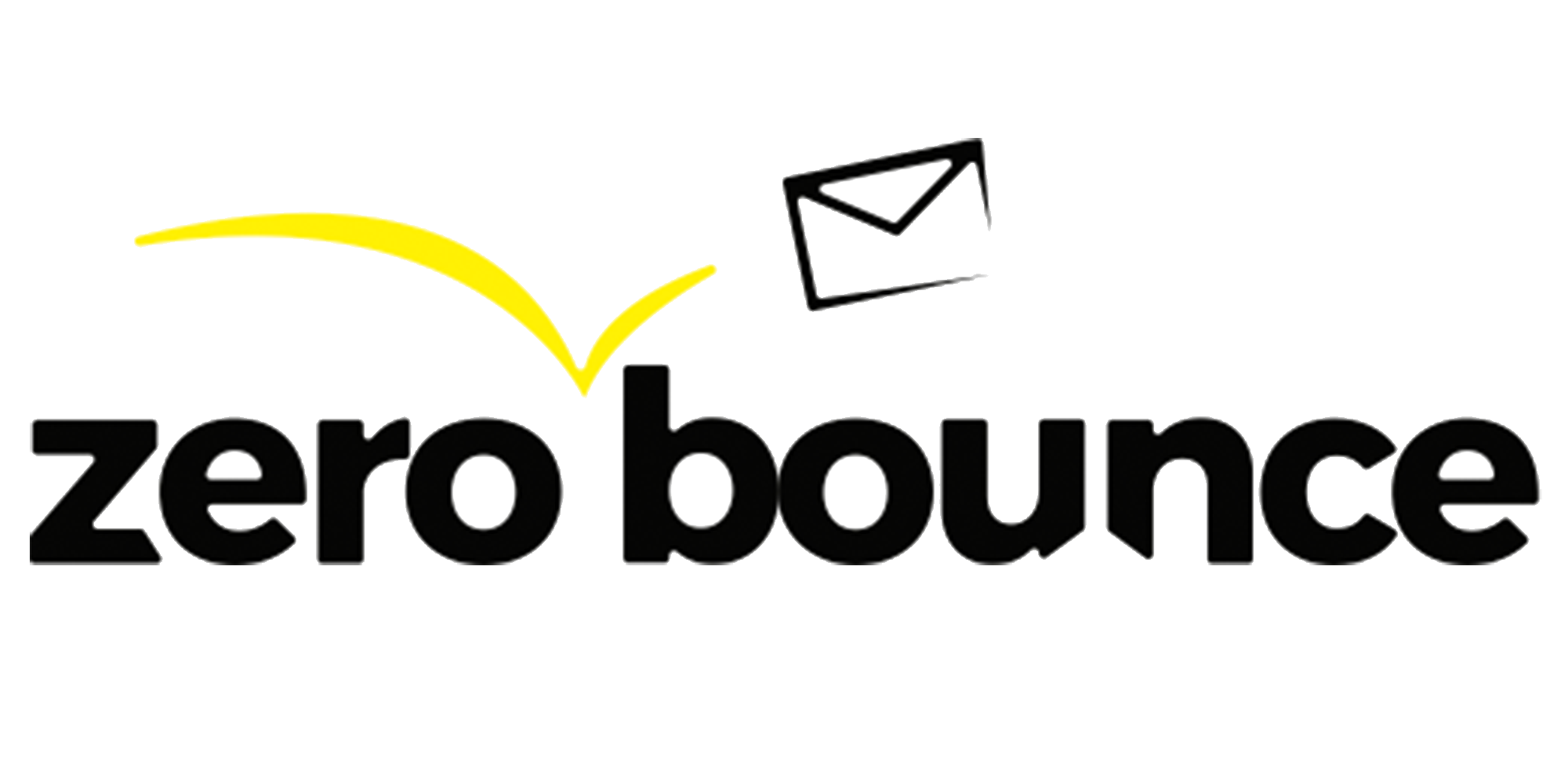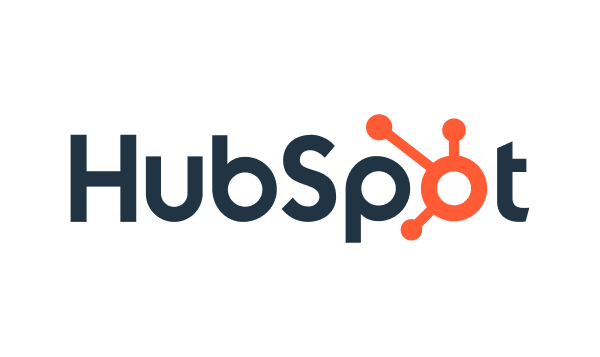Your email list isn’t just a bunch of email contacts. It’s a business asset that gives returns when it’s well-maintained. Treat it seriously, and it’ll reward you with better engagement, fewer unsubscribes, and higher email marketing ROI.
I’ve managed thousands of contacts across different campaigns. Along the way, I learned what actually works to keep a list clean, active, and engaged.
In this guide, I will be sharing those best practices for email marketing—simple, effective, and easy to follow. I’ll also walk you through email service providers (ESP) I’ve extensively tested, and break down which provider is best suited for your email marketing strategy goals.
Disclaimer: This article evaluates the best email list management software, including Sender, which our company owns. Email software comparisons and assessments are based on research, industry standards, and user feedback. No commissions are earned from links in this article.
What is Email List Management?
Email list management is the behind-the-scenes work that makes your email marketing actually work.
Effective email campaign management means keeping your subscriber list clean, organised, and up to date. You’re making sure the right people get the right emails—and the wrong ones don’t drag your results down.
Here’s why subscriber list organization is essential:
- Improves deliverability. So, your emails land in inboxes, not spam;
- Reduces marketing costs. You don’t waste money on inactive contacts;
- Drives better engagement. More people open, click, and buy.
When done right, email list management keeps your marketing sharp, improves your ROI and helps reach customers more effectively.
Compare Email List Management Software Side-by-Side
Comparing the best email list management software makes it easier to find the right fit for your business. Whether you need advanced automation or a simple free tool to get started, this breakdown highlights key features, pricing, and scalability options at a glance.
| Tool | Starting Price | Best For | Segmentation Features | List Cleaning Features |
| Sender | $7/month | Small businesses & startups needing simple list tools | Audience segmentation & filters | Basic cleaning via filters and engagement metrics |
| Constant Contact | $12/month | SMBs wanting drag‑and‑drop email plus list features | Basic segmentation (lists/tags/filters) | Ability to identify inactive/bounced contacts |
| ActiveCampaign | $15/month | Businesses needing strong automation + CRM integration | Advanced segmentation/tags/lists | List hygiene tools, spam testing & cleaning features |
| GetResponse | $15/month | Content creators / ecommerce needing automation | Advanced segmentation/tags included | Supports cleaning via segments & inactive contact removal |
| Kit | $33/month | Creators, coaches, and one‑person businesses | Segmentation & tagging included | Built‑in list hygiene via tagging & segments |
| Mailchimp | $13/month | General purpose use, many integrations | Segmentation + tagging features included | Basic cleaning tools; list hygiene features |
| Brevo | $8/month | Budget‑friendly full‑service marketing & list tools | Advanced segmentation & tags included | Supports large contact storage; cleaning tools |
| ZeroBounce | $45/month | Businesses needing heavy list verification/cleaning | Segmentation minimal (focus is on list validation) | Strong list cleaning & email validation features |
| HubSpot | $11/month | Businesses managing activities/workflows in one place | Basic analytics + CRM segments | Powerful contact management & analytics with seamless CRM integration |
Key Features for Mailing List Management Software
Modern subscriber management tools providers offer a range of features designed to streamline and improve your email marketing efforts. They offer email collector tools and email database management capabilities that help you organize your target audience quickly.
Here are the key features you should look in the best email marketing software:
- Segmentation. Divide your email list into targeted groups based on behavior, demographics, and engagement to send more relevant messages;
- Automation. Enable automated list management by adding, updating, or removing contacts based on user behavior—saving time and reducing manual effort;
- Email personalization. Customize email content for individual subscribers to create a more engaging experience;
- Analytics. Track and measure the performance of your email campaigns with detailed metrics and reports;
- Compliance. Ensure your email marketing practices adhere to regulations like GDPR and CAN-SPAM to avoid legal issues by providing double opt-in signups;
- Integrations. Connect with email marketing and ecommerce platforms, and other tools for a cohesive marketing strategy;
- Deliverability tools. Monitor and improve email deliverability rates to ensure your messages reach inboxes, not spam folders;
- Subscriber management. Easily manage subscriber preferences, opt-ins, and opt-outs to maintain a healthy email list.
9 Best Email Mailing List Management Software
If there’s one thing we can tell from experience—managing your email list manually gets harder as your business grows.
That’s when picking a mailing list management software helps. It makes it easier to segment, clean, and engage your list. Here are our top picks based on features:
Sender — Effective List Management for Growing Businesses
⭐️ Trusted by 180,000+ businesses worldwide
If you’re looking for a simple, affordable, and effective email marketing tool to manage your lists, Sender is your best bet.
It combines clean UI, generous free plan, and all the features to help small businesses grow their email lists without breaking the bank.
Sender pricing: Starts at $7/month for up to 1,000 subscribers and 12,000 emails/month | Forever free plan available for up to 2,500 subscribers and 15,000 monthly emails.
Sender makes list management quite affordable and accessible, even for people with no tech know-how or large budgets.
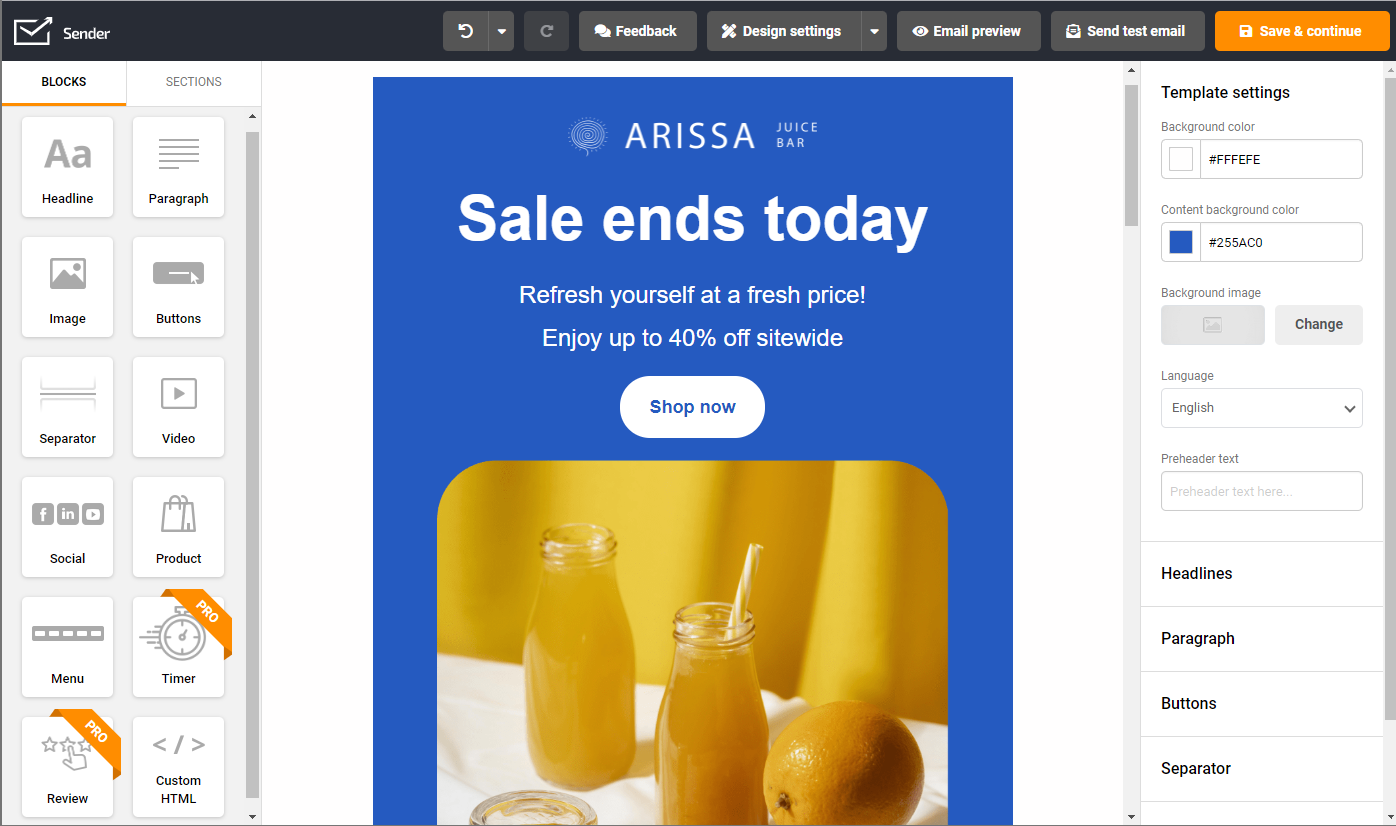
Another great thing about Sender is how clean and fast its list cleaning is. You can segment subscribers based on behavior, location, or custom fields using simple drop-down options instead of code. Automated list updates—like unsubscribes, bounces, or duplicate removal—happen in the background, so you don’t have to look after data manually.
Meanwhile, the detailed analytics and deep behavioral triggers help you optimize your email marketing campaigns and leverage personalization features for better targeting.
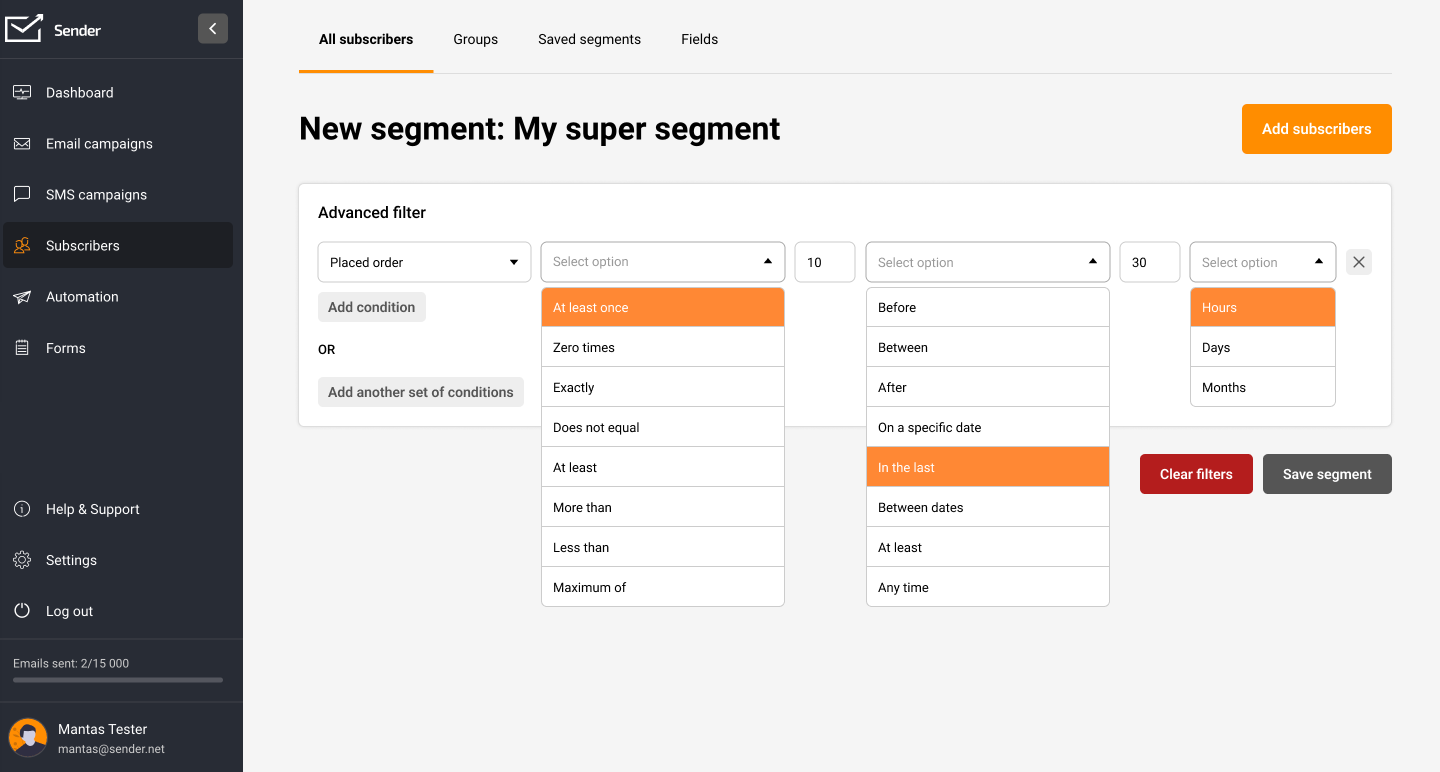
Standout Features
- Easy automation builder. Visual automation workflows with premade templates, tagging, delays, and behavioral filters;
- Drag-and-drop editor. Create professional email campaigns without touching a line of code using an intuitive visual editor with customizable templates, blocks, and design elements;
- Lowest cost scaling. No hidden feature paywalls and one of the most affordable paid pricing plans for businesses that are scaling fast;
- Intuitive transactional email set-up. Handle both promotional campaigns and transactional emails like order confirmations and welcome messages in one platform.
Best For
- SaaS companies. Leverage in-depth analytics to track customer interactions, automate onboarding emails, and send targeted re-engagement messages to win back inactive users;
- Ecommerce stores. Automate tailored product recommendations, cart abandonment reminders, and post-purchase follow-ups to enhance customer experience and drive sales;
- Nonprofits. Use personalized email and SMS campaigns to engage donors, share success stories, and promote upcoming events. Automate thank-you notes, donation reminders, and volunteer outreach efforts.
Pricing
| Subscription Tier | Starting Price | Subscribers | Email Limit | Key Features |
| Free Plan | $0/month | Up to 2,500 contacts | 15,000 emails/month | Access to all templates, unlimited triggers |
| Standard Plan | $7/month | 1,000 contacts | 12,000 emails/month | Advanced reporting, A/B testing, complex workflows |
| Professional Plan | $14/month | 1,000 contacts | 24,000 emails/month | Dedicated support, free SMS marketing, dedicated IPs |
See why businesses choose Sender:
Constant Contact — Email Marketing Automation with CRM
Constant Contact is another standout platform for small and medium-sized businesses and nonprofits that want to streamline email marketing efforts.
This email marketing platform offers a solid combination of basic CRM functionalities and email marketing tools. This makes Constant Contact a great option for businesses that want to manage their lists without the complexity of a full CRM system.
Constant Contact pricing: Starts at $12/month for up to 500 contacts and 5,000 emails/month | 30-day free trial available.
However, after using it, I found that while Constant Contact provides CRM-like features, it doesn’t quite replace the more advanced CRM systems offered by platforms like Sender or ActiveCampaign. If you need more robust features like lead scoring, advanced segmentation, or deeper CRM capabilities, you might outgrow Constant Contact pretty quickly.
One thing to watch out for is its pricing. As your contact list grows, the costs can add up fast, especially since many key premium features—like A/B testing and multiple automation workflows—are locked behind higher-tier plans.
If you’re planning on scaling, this could be something to keep in mind, as it might get pricier than you initially expected. But for basic list management and email campaigns, it does the job well.
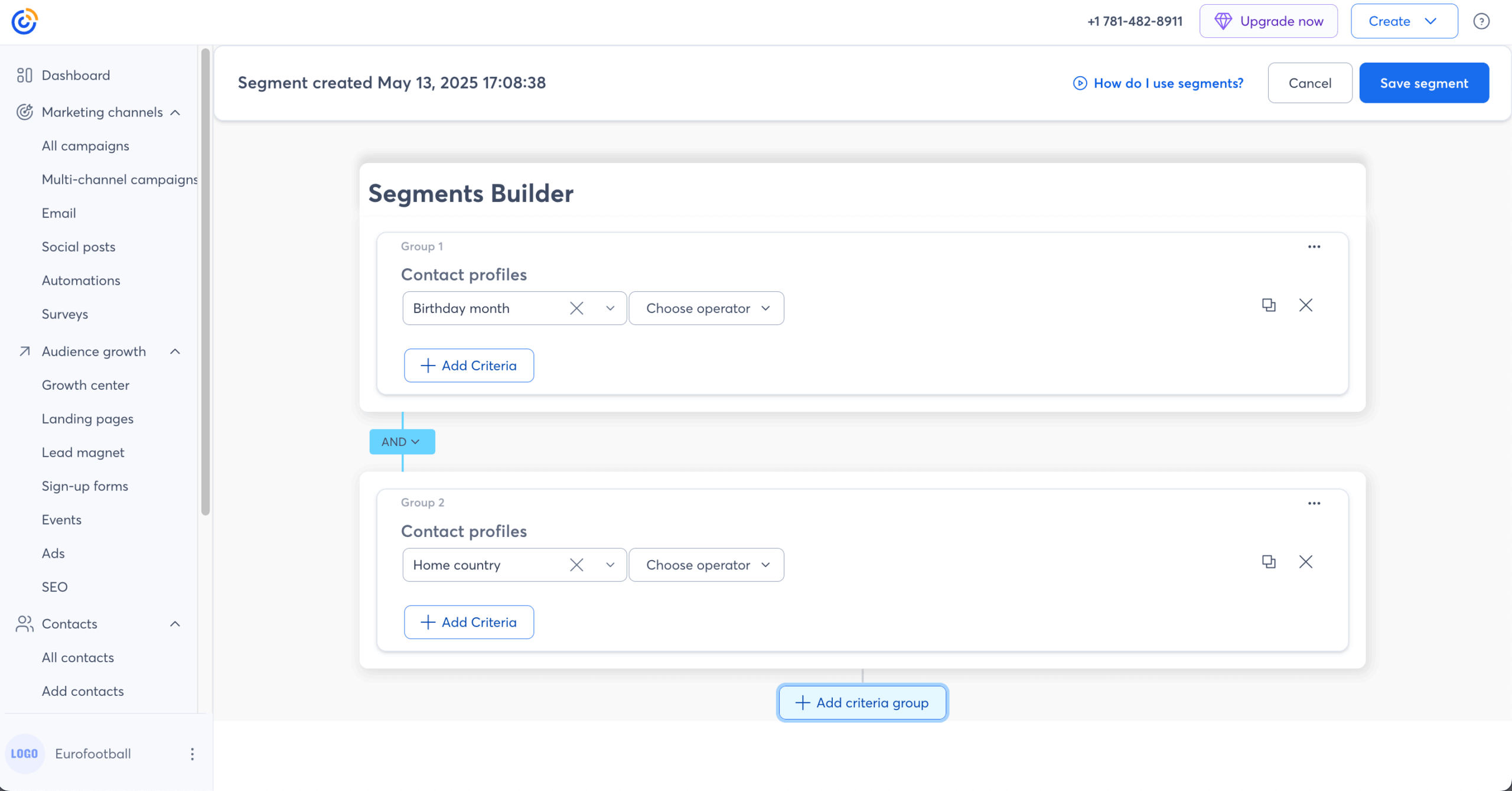
Standout Features
- User-friendly interface. Minimal user interface that makes it easy to navigate for email marketing beginners;
- Integrated CRM tools. Manage contacts, track interactions, and score leads within the same platform;
- Segmentation capabilities. Create targeted lists based on demographics, behavior, or engagement levels;
- Automated email campaigns. Set up drip campaigns and autoresponders to nurture and generate leads.
Best For
- SMBs. Use customizable email templates and landing pages to broaden your reach and boost conversions, perfect for capturing leads from events, special offers, or social media campaigns;
- Nonprofits. Easily create and send newsletters, event updates, and fundraising appeals with Constant Contact’s intuitive platform and dependable customer support;
- Content creators. Expand your audience by automating lead capture, delivering personalized content recommendations, and nurturing subscribers with targeted email series.
Pricing
| Subscription Tier | Starting Price | Subscribers | Email Limit | Key Features |
| Lite | From $12/month | From 500 contacts | 5,000 emails/month | Basic email templates, drag‑and‑drop email editor, social posting, 1 user |
| Standard | From $35/month | From 500 contacts | 6,000 emails/month | Advanced segmentation, more automation features, A/B subject‑testing, 3 users |
| Premium | From $80/month | From 500 contacts | 12,000 emails/month | Unlimited users, advanced segmentation, custom automation & dynamic content |
ActiveCampaign — All-in-One Marketing & List Management
ActiveCampaign isn’t just another email automation software—it’s a powerhouse for businesses serious about marketing automation. While it’s priced higher than most competitors, it tries to justify that with starter plans that pack a punch.
ActiveCampaign pricing: Starts at $15/month for up to 1,000 contacts and up to 10,000 emails/month | 14-day free trial available.
ActiveCampaign offers several flexible list management features, including AI-suggested segments and custom fields. Still, there are a couple of things to know before jumping in. Setting it up can take a bit of time, but once you get used to the layout, it’s smooth sailing. Also, the fancy segmentation features only come with the Pro plan, which runs $79 a month.
One of the tools I found particularly effective was ActiveCampaign’s automation builder. You can trigger actions based on page visits, purchases, link clicks, and more—even across different apps.

Standout Features
- Behavior-based triggers. Automate email list segmentation based on opens, clicks, purchases, or site visits in real-time;
- Dynamic segmentation tools. Build smart lists using tags, scores, preferences, or user actions—even combine them;
- AI-powered email creation. Use brand-based inputs to auto-generate email designs, subject lines, and layouts.
Best For
- Ecommerce brands. Take advantage of event triggers and seamless Shopify integration to automate personalized messages and boost sales;
- Agencies. Manage multiple clients effortlessly, with the ability to customize reports for each client’s unique needs;
- SaaS companies. Use lead scoring and lifecycle tracking to nurture leads, optimize conversions, and improve customer retention.
Pricing
| Subscription Tier | Starting Price | Subscribers | Email Limit | Key Features |
| Starter | $15/month | From 1,000 contacts | From 10,000 emails/month | Core email and automation tools, 1 user |
| Plus | $49/month | From 1,000 contacts | From 10,000 emails/month | CRM, sales automation, landing pages, 3 users |
| Professional | $79/month | From 1,000 contacts | From 12,000 emails/month | Advanced automation, predictive sending, 5 users |
| Enterprise | $145/month+ | From 1,000 contacts | From 15,000 emails/month | Custom reporting, dedicated support, SSO, enterprise features |
GetResponse — Email Marketing Tool with List Management
GetResponse is another powerful all-in-one email marketing solution, especially known for its advanced automation workflows.
GetResponse pricing: Paid plans start at $15/month for up to 1,000 subscribers and unlimited emails. Free plan available.
When it comes to managing your lists, GetResponse lets you dynamically segment contacts by behavior, use tags and scoring to organize your audience—and that’s without mentioning setting up email marketing automation rules to keep campaigns free of non-engaged subscribers.
These features and website tracking functionality make GetResponse a solid choice for online store owners focused on scaling and keeping their list organized.
However, there’s a quite steep learning curve, and some parts of the user interface feel outdated. Pricing can also climb quickly as your contact list grows—or if you need access to more advanced features, including sales funnels and advanced segmentation.
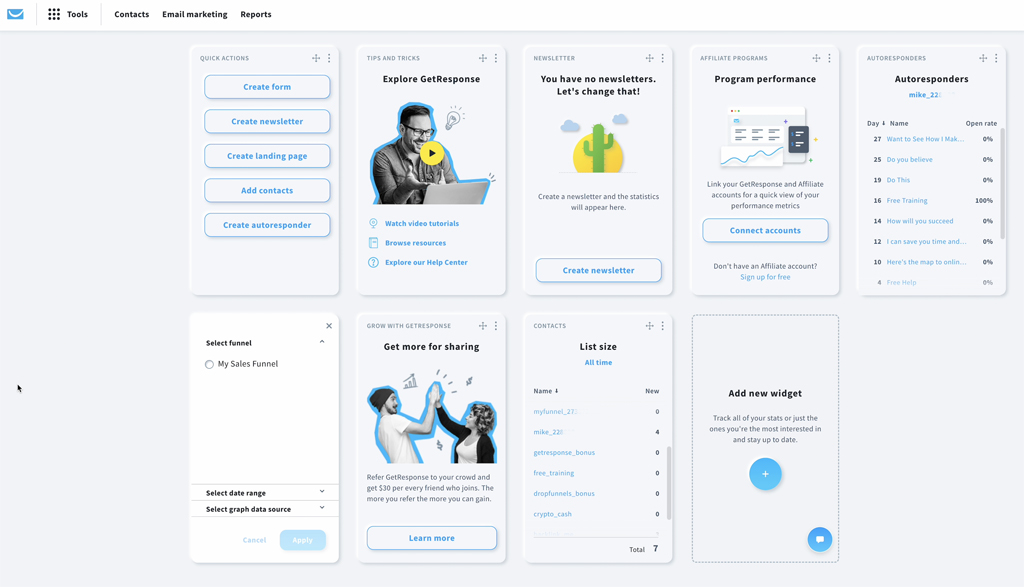
Standout Features
- Impressive automation builder. Drag-and-drop visual editor with logic-based paths, tagging, and lead scoring to build complex, personalized customer journeys;
- All-in-one marketing toolkit. Combines email marketing, landing page builder, automation, webinars, and CRM in a single solution;
- Great deliverability. Optimized infrastructure and dynamic list management features help ensure your emails land in inboxes and not spam folders.
Best For
- Course creators & coaches. Automate student onboarding, send course updates, and nurture leads with personalized email sequences;
- Ecommerce brands. Leverage advanced segmentation and automation to drive sales, recover abandoned carts, and promote new products;
- Small to midsize businesses. Manage customer relationships, automate workflows, and segment your audience for more targeted and effective email campaigns.
Pricing
| Subscription Tier | Starting Price | Subscribers | Email Limit | Key Features |
| Free Plan | $0/month | Up to 500 contacts | 2,500 emails/month | Basic email campaigns, landing page builder, signup forms |
| Starter | $15/month | From 1,000 contacts | Unlimited emails | AI email generator, unlimited autoresponders, basic workflow |
| Marketer | $50/month | From 1,000 contacts | Unlimited emails | Advanced marketing automation, sales funnels, webinars, course tools |
| Creator | $58/month | From 1,000 contacts | Unlimited emails | Advanced automation, sales funnels, webinars, course tools |
| Enterprise | Custom pricing | Custom | Unlimited emails | Full feature set, priority support, dedicated solutions |
Kit — Email Marketing Service for Content Creators
Kit strikes a balance between ease of use and advanced email marketing features, making it a top choice for creator-led brands focused on content-driven growth.
Rather than trying to be an all-in-one platform, Kit zeroes in on doing core functions, such as email capture, automation, and segmentation, exceptionally well.
Kit pricing: Starts at $33/month for 1,000 subscribers and unlimited emails. Free plan includes 10,000 subscribers and unlimited landing pages.
I enjoyed how easy it is to set up customizable forms, slide-ins, and landing pages that actually look and feel on-brand—no clunky templates or coding required. Which made this tool feel like it was made with creators and small businesses in mind.
What really stood out to me, though, was Kit’s approach to audience segmentation. Instead of juggling multiple lists, everything lives in one unified database, and you can organize subscribers using tags and custom fields. This makes it super simple to segment people based on how they interact with your content.
Sure, Kit’s analytics and reporting tools aren’t as advanced as some similarly priced platforms. But for what it’s worth—it’s really a well-rounded list management tool for anyone focused on authentic engagement.

Standout Features
- Visual automation builder. Set up automated workflows triggered by tags, link clicks, or form activity with an intuitive, rule-based interface;
- Built-in creator network. Access a network of fellow creators to cross-promote content and expand your subscriber base;
- Straightforward segmentation. Use tags to segment your audience and launch targeted campaigns for lead magnets, product releases, or community updates.
Best For
- Course creators & coaches. Ideal for delivering course updates, automating onboarding sequences, and nurturing students through tailored email series;
- Content creators. Bloggers, podcast hosts, YouTubers and authors can build lists, send newsletters, and monetize their audience with ease;
- Ecommerce brands. Although less emphasized than creator use cases, Kit supports product and digital‑product sales, making it useful for small ecommerce or digital storefronts.
Pricing
| Subscription Tier | Starting Price | Subscribers | Email Limit | Key Features |
| Free plan (Newsletter) | $0/month | Up to 10,000 subscribers | Unlimited emails | Basic automations (1 sequence), forms & landing pages, one user |
| Creator | $33/month | From 1,000 subscribers | Unlimited emails | Full automation, integrations, remove branding, 2 users |
| Creator Pro | $66/month | From 1,000 subscribers | Unlimited emails | Advanced analytics, engagement scoring, unlimited users, priority support |
Mailchimp — Advanced Segmentation and Audience Management
Mailchimp has been around for a while, so it’s no surprise this email marketing giant offers flexible audience management tools for every kind of business.
Mailchimp pricing: Starts at $13/month for up to 500 contacts and up to 5,000 emails/month | Free plan available.
From my hands-on experience with this email list management tool, Mailchimp stands out for one big reason—it doesn’t just store contacts. It helps understand them. The combination of tags, groups, and segments lets you organize and target users from every possible angle—behavioral, preference-based, or based on internal notes, you name it.
That said, there’s one thing you should be wary of—Mailchimp charges for unsubscribed contacts. So if you don’t regularly delete them, costs will pile up faster than you can say “What in the Mailchimp”.
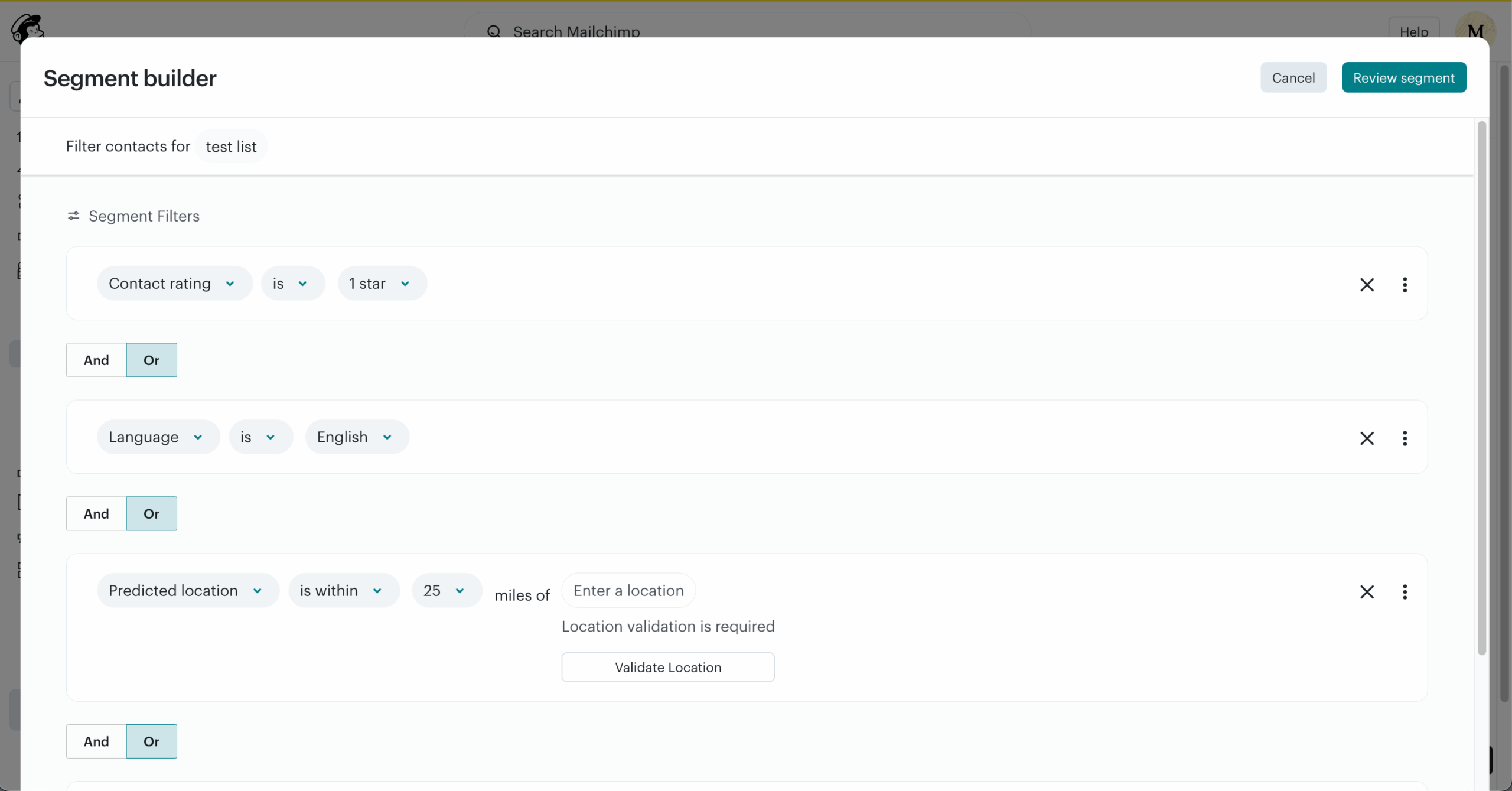
Standout Features
- Flexible tagging system. Apply internal labels to contacts based on custom traits, personal interactions;
- Smart audience groups. Let subscribers self-select interests or preferences directly during sign-up;
- Dynamic segments builder. Create targeted email groups based on behavior, tags, purchases, or location;
- Predictive segmentation insights. Forecast purchase likelihood and customer lifetime value on higher-tier plans.
Best For
- Nonprofits. Enhance fundraising efforts with personalized donation requests, automate thank-you messages, and keep supporters engaged with impactful stories and campaign updates;
- Ecommerce. Leverage Mailchimp’s integrations with top ecommerce platforms to send cart abandonment reminders, personalized product recommendations, and promotional emails;
- Service-based businesses. Automate appointment reminders, follow up with clients for reviews, and send personalized offers based on customer history.
Pricing
| Subscription Tier | Starting Price | Subscribers | Email Limit | Key Features |
| Free Plan | $0/month | Up to 500 contacts | 1,000 emails/month | Basic email templates, landing pages, sign-up forms, 1 audience, limited features |
| Essentials Plan | From $13/month | From 500 contacts | 5,000 emails/month | A/B testing, automation, custom branding, 3 audiences, 3 seats |
| Standard Plan | From $20/month | From 500 contacts | 6,000 emails/month | Advanced segmentation, multi-step automations, dynamic content |
| Premium Plan | From $350/month | From 500 contacts | 150,000 emails/month | Unlimited seats/audiences, advanced testing, dedicated support |
Brevo — Email Management Software with Smart Segmentation
Brevo (formerly Sendinblue) is an all-in-one marketing automation platform designed to streamline contact list management through contact segmentation and automated list cleaning features.
It’s great for businesses that want to keep their users engaged across different touchpoints and maintain a CRM with a unified inbox.
Brevo pricing: Starts at $8/month for up to 500 contacts and 5,000 emails/month| Free plan available.
There’s much to be liked about Brevo’s segmentation functionality—they make it super easy to group contacts based on engagement, demographics, and plenty of other factors, all included from the entry plan.
What stood out to me was how easy it was to target people who actually interact with your emails. It’s perfect for running A/B tests or tailoring campaigns to specific audiences without needing to dig through complex settings.
While Brevo’s interface can feel a bit clunkier compared to some other platforms on this list, it makes up for that with smart list cleaning features that automatically weed out invalid addresses or anyone who’s flagged your messages as spam.
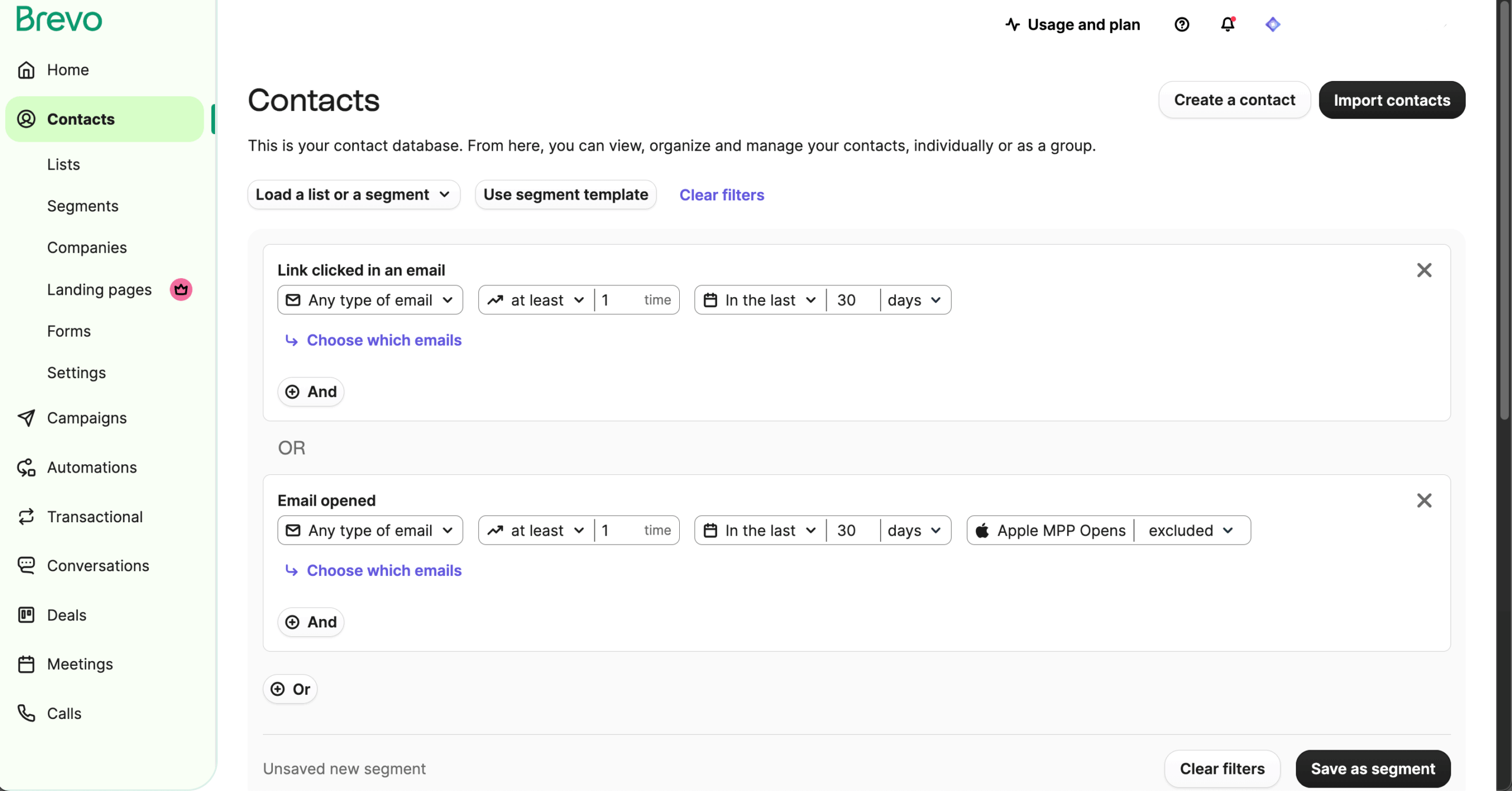
Standout Features
- Dynamic segmentation. Automatically updates contact groupings based on real-time behavior and engagement metrics;
- Automated list cleaning. Identifies and removes invalid or unengaged contacts to maintain email list hygiene;
- Multi-channel automation. Coordinate email and SMS marketing, and chat communications in one unified dashboard for consistent customer experiences..
Best For
- Small businesses & freelancers. Streamline your email marketing and manage customer relationships with ease, even on a tight budget;
- Agencies with small client pool. Manage multiple brands efficiently from one dashboard without enterprise-level pricing;
- Ecommerce startups. Automate product recommendations, cart reminders, and follow-ups to enhance customer experience and drive sales from day one.
Pricing
| Subscription Tier | Starting Price | Subscribers | Email Limit | Key Features |
| Free Plan | $0/month | Up to 2,000 contacts | 300 emails/day | Core email features, branding, basic analytics |
| Starter | $8/month | From 500 contacts | From 5,000 emails/month | No daily sending limit, remove branding, basic reporting |
| Standard | $16/month | From 500 contacts | From 5,000 emails/month | Full automation, A/B testing, advanced analytics |
| Professional | $449/month | From 500 contacts | From 150,000 emails/month | Dedicated support, tailored features for large enterprises |
ZeroBounce — Email List Cleaning and Verification Tool
ZeroBounce is a powerful email validation and deliverability tool designed to help businesses improve the performance of their email marketing campaigns. It uses AI-driven technology to verify email addresses in real time, reducing bounce rates and minimizing the risk of landing in spam folders.
ZeroBounce pricing: Starts at $20/month for 2,000 email validation credits. Free plan available.
What impressed me most was ZeroBounce’s accuracy. Powered by a sophisticated AI and multi-step verification system, ZeroBounce flagged problematic emails and users I wouldn’t have spotted otherwise. On top of that, it offers both individual and bulk validation options, with detailed categorizations like do-not-mail, disposable, spam trap, and abuse flags.
At this point I think it’s fair to remind everyone that ZeroBounce is not a full-blown email marketing platform, rather a dedicated list management tool that serves only a single purpose—keeping your contacts clean and reliable.
If your budget allows, pairing a strong email marketing platform like Sender with ZeroBounce can be a game-changing combo. But if you’re looking for an all-in-one solution, ZeroBounce alone might be hard to justify.
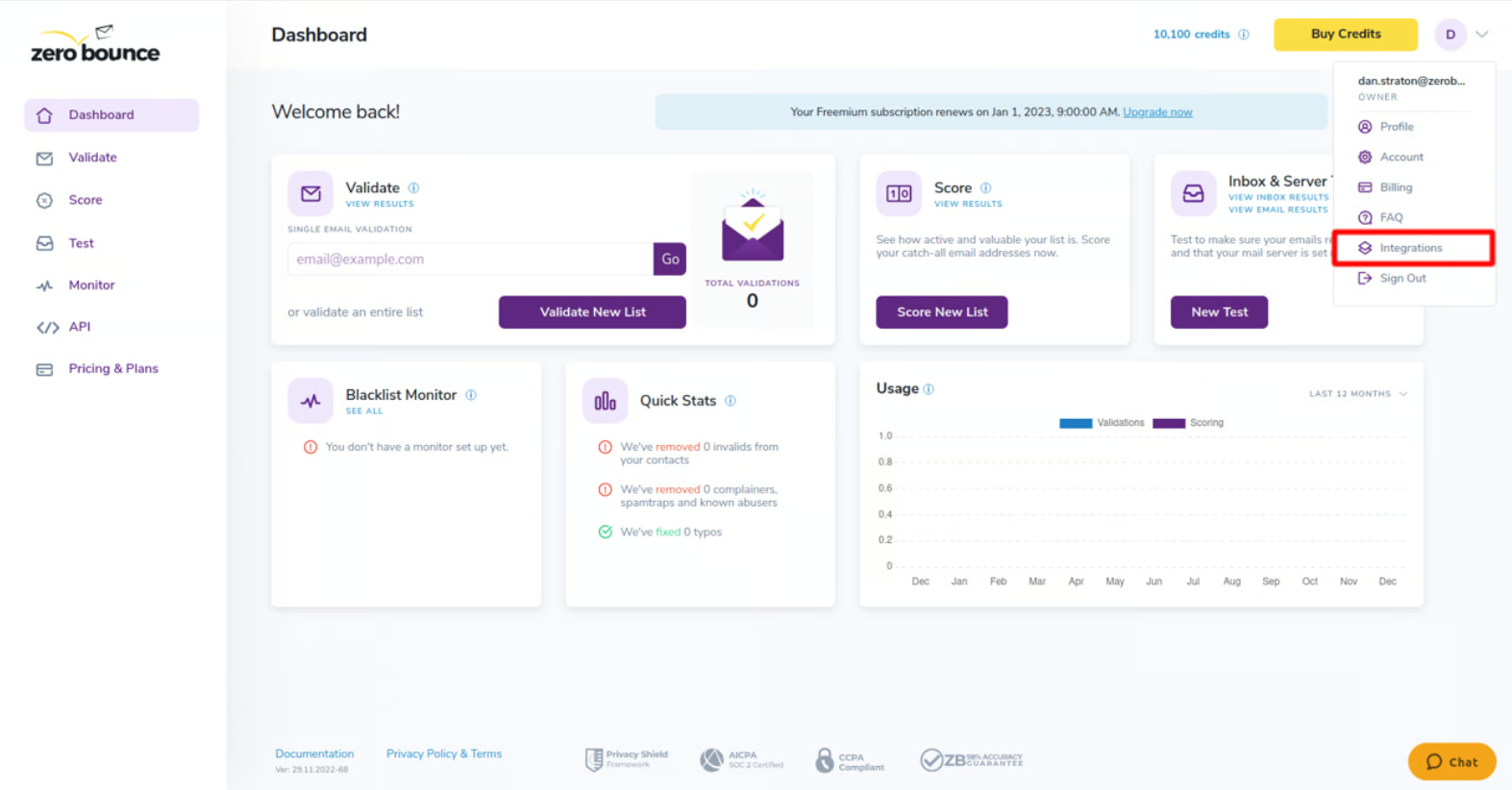
Standout Features
- Detailed reporting dashboard. Provides clear, important metrics on list quality, validation results, and email hygiene status;
- Inbox placement tester. Simulates real email sends to show whether your messages land in inbox or spam, helping you optimize deliverability before launching campaigns;
- Real-time email validation. Instantly detects invalid, abuse, and spam trap emails to keep your list clean and reduce bounce rates.
Best For
- Marketing, advertising & agencies. Firms sending campaigns for clients need high deliverability and clean data — ZeroBounce supports bulk verification, scoring and list hygiene;
- Ecommerce & retail. With large subscriber bases and high turnover of email addresses, e‑commerce brands benefit from validation and removal of invalid or risky contacts;
- Finance, healthcare & education. Highly regulated sectors where accuracy, compliance and deliverability matter; cleaning lists avoids bounces and protects reputation.
Pricing
| Subscription Tier | Starting Price | Credits | Key Features |
| Freemium | $0/month | Up to 100/month | Basic email validations, test the service |
| Pay‑As‑You‑Go / Usage‑Based | $20/month | From 2,000/month | Flexible; credits never expire, scale as needed |
| ZeroBounce ONE | $99/month | From 25,000/month | More regular use, includes validation + list‑hygiene tools |
HubSpot — Enterprise Marketing Platform with CRM
If you’re looking for list management software that combines email marketing essentials with powerful CRM integration, HubSpot should definitely be on your radar.
One of the things that really caught my attention is how intuitive it is to use. The drag-and-drop editor makes setting up workflows a breeze, and the analytics tools are solid for tracking how your campaigns are performing.
HubSpot pricing: Starts at $11/month for up to 1,000 contacts and 5,000 emails/month. Free plan available.
The CRM integration is particularly helpful. It syncs directly with the email marketing tools, so you can track customer interactions and manage relationships all from one platform. This makes it easy to centralize customer data, segment your audience, and create more personalized campaigns.
Overall, HubSpot offers a comprehensive, user-friendly solution for managing your email list and building stronger customer relationships.
Standout Features
- CRM integration. HubSpot integrates deeply with its CRM, allowing seamless email contact management and entire customer journey tracking;
- Segmentation & personalization. Segment your audience based on behavior, demographics, and past interactions, and send highly personalized emails;
- Reporting & analytics. Detailed reporting tools that provide insights into your email campaign performance, helping you optimize your strategy.
Best For
- SMBs and enterprises. Best suited for businesses of any size that need a powerful CRM and marketing platform for scaling and detailed performance tracking.
- Sales-driven teams. If your business relies heavily on lead nurturing, HubSpot’s CRM and email automation are particularly useful.
- Advanced marketing teams. Companies that need complex workflows, analytics, and integrations with multiple tools will find HubSpot an invaluable resource.
Pricing
| Subscription Tier | Starting Price | Subscribers | Email Limit | Key Features |
| Free Plan | $0/month | Up to 1,000 contacts | 2,000 emails/month | Basic email tools, contact management, reporting, 1 user |
| Starter Plan | From $11/month | From 1,000 contacts | 5,000 emails/month | Email marketing, forms, landing pages, email templates, 2 users |
| Professional Plan | From $916/month | From 2,000 contacts | 20,000 emails/month | Advanced workflows, reporting, A/B testing, 5 users, automation tools |
Email List Management Best Practices for Email Marketers
A well-managed list doesn’t happen by accident—it’s a result of a few smart habits done consistently.
Here are some rules of thumb email marketing practices I try to follow to keep my list clean and growing:
1. Segment Your Audience
Not all subscribers are the same and treating them like they are is one of the fastest ways to lose engagement.
Email segmentation is the process of dividing your list into smaller groups based on things like behavior, interests, or purchase history. It helps you send more personalized campaigns.
Here’s a great example from DonorsChoose—they recommend products specifically for 5th grade teachers:
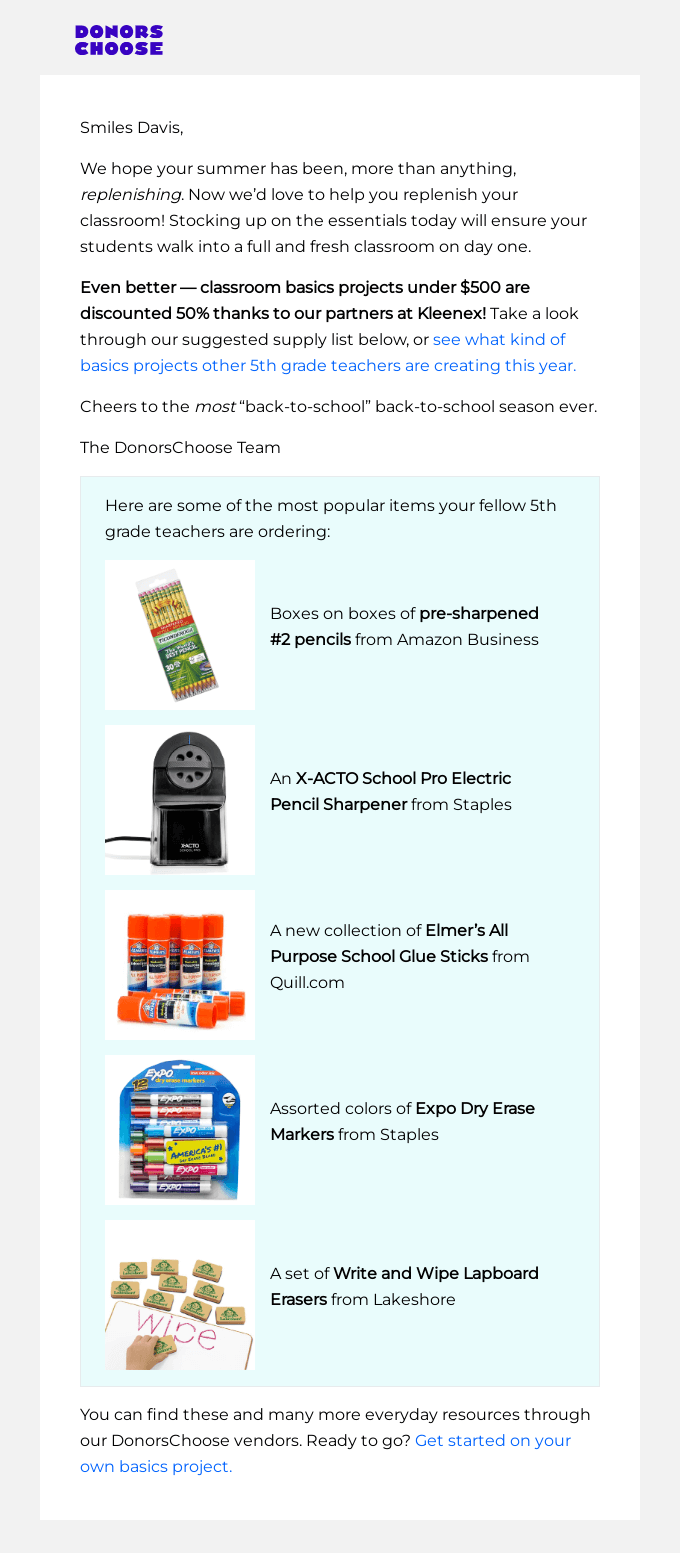
Here are some smart ways to segment your list:
- New vs. existing customers;
- Interests or product categories they’ve browsed;
- Demographic segmentation (e.g., location, age group, or profession);
- Level of engagement — frequent openers vs. cold leads;
- Signup source (e.g., lead magnet vs. checkout).
2. Use Contact Tags
Tags are like labels you add to your contacts to keep things organized behind the scenes.
Unlike segments, which group people automatically, tags are flexible and let you track anything you want — behavior, interests, purchases, or even internal notes.
Using tags helps with email list optimization and makes it easier to manage a growing list. It also lets you send more targeted campaigns without overcomplicating your email automation.
Here are some useful ways to use contact tags:
- Tag new subscribers by the form or lead magnet they used;
- Add tags when someone makes a purchase (e.g., “bought_xyz_product”);
- Tag users based on engagement, like “clicked_product” or “ignored_3x”;
- Use tags to track VIPs, collaborators, or influencers;
- Mark new contacts for internal workflows (like “follow_up_later”);
3. Clean Your Email List
Even the best email lists start collecting dust over time. People change jobs, abandon inboxes, or stop engaging.
So, periodic email list auditing is crucial. It involves removing inactive subscribers and unverified contacts so your metrics reflect reality, and you can focus on active subscribers.
Here are some list pruning strategies you should adopt:
- Remove invalid email addresses regularly for bounce rate reduction;
- Identify and suppress contacts who haven’t opened emails in 60–90 days;
- Plan email re-engagement campaigns before deleting cold leads;
- Watch for spam traps or suspicious domains in your list;
- Use email verification tools to check new addresses before adding them.
4. Get Explicit Permission
This one’s non-negotiable: never add someone to your email list without their explicit permission.
Not only is it a legal requirement under privacy laws like GDPR and CAN-SPAM, but it also protects your brand from spam complaints and low engagement.
Remember, engagement is a result of trust. When someone says “yes” to joining your list, they’re more likely to stick around.
Here’s an example of a double opt-in email from Zencastr:
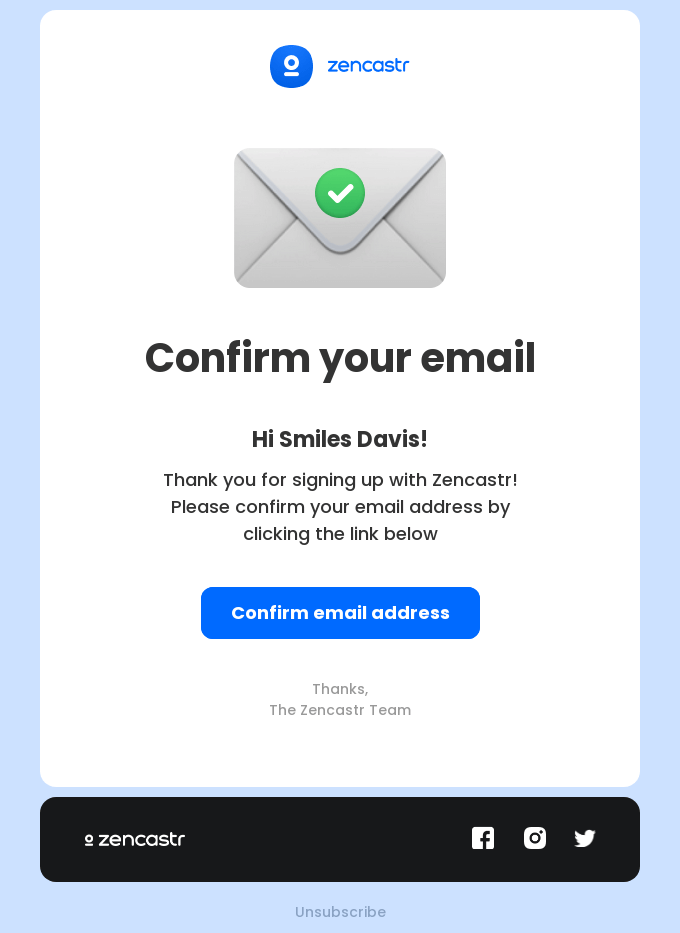
Here are some ways to get users to opt in and build an email list:
- Use clear opt-in forms with no pre-checked boxes;
- Let users know what they’ll get (discounts, tips, updates, etc.);
- Set up a double opt-in process for higher quality subscribers;
- Keep a record of signup dates and consent sources for compliance.
5. Send Welcome Emails
First impressions matter. A welcome email (or a short onboarding sequence) is your chance to greet new email recipients, set expectations, and guide them toward their next step.
Onboarding emails build trust early, increase engagement, and reduce unsubscribes. Plus, they’re one of the highest-converting emails you’ll ever send.
Here’s a welcome email with a clear CTA from Hormbles Chormbles:

Here’s what to include in your welcome/onboarding emails:
- A friendly thank-you and short brand intro;
- What they can expect (frequency, content type, offers);
- A special incentive (discount, freebie, or helpful link);
- A highlight of your most popular products or posts;
- A simple CTA, like “Follow us on Instagram” or “Start browsing”.
6. Offer Email Preferences
Giving subscribers control over what they receive isn’t just polite—this way, they’re more likely to stay on your list and actually engage.
Preference centers are an important aspect of ethical email collection and reduce unsubscribes. They show your audience that you respect their inbox.
Here are some ways to ask your subscribers about their preferences:
- Survey the users to know about the topics of interest, like offers, updates, or tips;
- Offer frequency options — weekly, monthly, or only major updates;
- Include a preference link in your footer and unsubscribe page;
- Allow them to pause emails instead of unsubscribing;
- Use preferences to tailor segments for better targeting.
7. Re-engage Inactive Subscribers
Not every subscriber stays active forever, and that’s okay. But holding on to cold contacts hurts your engagement rates and email deliverability improvement. That’s why your goal is simple: reactivate unengaged subscribers and give them one last chance to connect before letting them go.
RIND’s re-engagement email clearly asks recipients if they’re still interested:

Here are some steps to re-engage cold subscribers:
- Identify contacts who haven’t opened emails in 60–90 days;
- Send a re-engagement email with bold subject lines or incentives;
- Ask if they still want to hear from you (use a simple “yes/no” click);
- Offer preference options to stay relevant;
- If there’s no response, proceed with inactive subscriber removal.
8. Build Lists Organically
Buying email lists might seem like a quick way to grow, but it’s one of the worst things you can do.
These lists are usually filled with outdated, unverified, or completely uninterested contacts. At best, your emails will be ignored. At worst, you’ll get flagged for spam and damage your sender reputation for good.
Here’s what you can do for email list building organically:
- Use lead magnets (discounts, guides, freebies) to encourage signups;
- Add email signup forms to your website, blog, and checkout page;
- Promote your newsletter on social media and content platforms;
- Collect emails at events or through QR codes (with clear consent);
- Ask happy customers to refer friends or share your emails.
Remember, you don’t need a massive list—just a real one, and full of genuine, responsive connections.
Select The Best Email List Management Tool
Choosing the right email list management tool can be a headache. Not only do you need to take your business needs and budget into consideration, think about segmentation and integrations, but see that it’s mighty enough to look after your contact list—however big it might be.
After rounding up the best of the best, I wholeheartedly believe that Sender is the best list optimization option no matter what industry you’re in. It gives you powerful list hygiene tools, including advanced filters for identifying inactive subscribers, easy unsubscribe management, and automated list cleaning to ensure your emails always reach engaged contacts.
FAQs
How often should I clean my email list?
You should clean your email list every 6–12 months to maintain high deliverability and engagement rates. This helps improve open rates, reduces spam complaints, and keeps your sender reputation intact. Some providers suggest cleaning email lists every 2-3 months, although that hugely depends on individual cases.
What’s the difference between contact-based and send-based pricing?
Contact-based pricing charges based on the number of contacts (subscribers or email addresses) in your list, regardless of how many emails you send. Meanwhile, send-based pricing charges based on the number of emails you send, regardless of how many contacts are in your list.
Are free email list management tools worth it?
Yes, free email list management tools can be worth it for small businesses or startups with limited budgets. Tools like Sender offer a great way to test if their basic, built-in features meet your needs before committing to a paid plan.
What’s the difference between segmentation and tagging?
Segmentation is the process of dividing your email list into groups based on shared characteristics, like location, behavior, or purchase history. Tagging, on the other hand, involves adding labels (tags) to individual contacts based on specific actions or attributes (e.g., “new customer” or “interested in product X”).
